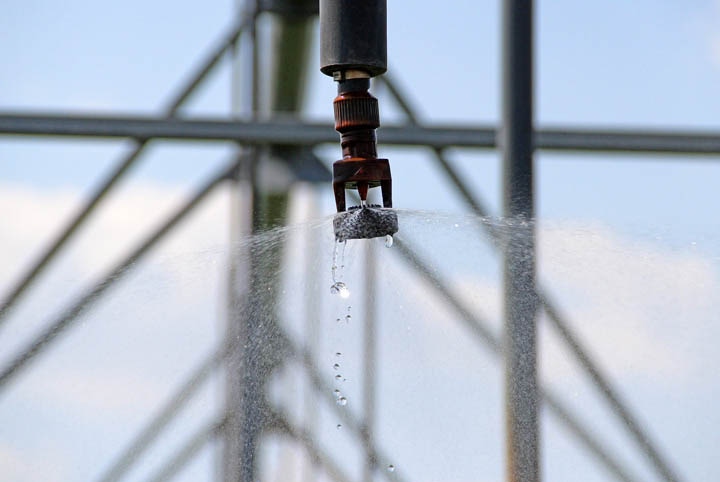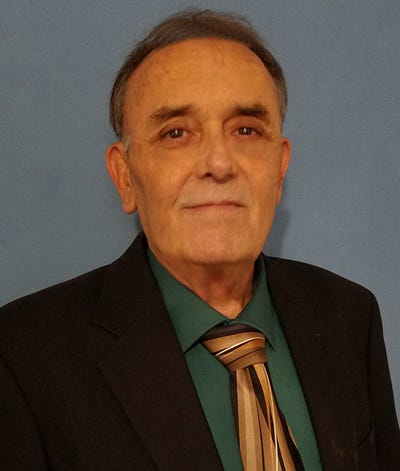
Interior Secretary Ken Salazar delivered the results of a three-year water study affecting the U.S. Southwest and Far West during a conference from Las Vegas warning representatives from numerous local, state and federal agencies and civilian stakeholders that a “call to action” is required to prevent serious water shortages in the years ahead for city-dwellers, Native Americans, businesses, ranchers and farmers in at least seven states.
"We are in a troubling trajectory in the Colorado River basin, as well as the Rio Grande basin," Salazar told reporters on a conference call following the meeting as he outlined the math in the findings of the Colorado River Basin Water Supply and Demand Study.
Salazar reported the study found the population in the region could double in the years ahead while today's drought-stricken river basins are expected to recover only about 85 percent of historic flows.
"There is no one solution that is going to meet the needs of this challenge," Salazar added. "We need to reduce our demand through conservation and we also need to augment supply with practical measures."
Salazar, the nation’s top water official, was joined by Anne Castle, assistant Interior secretary for water and science, Denver-area water chief Jim Lochhead, and a host of officials from various advocacy groups and conservation organizations with a vested interest in water availability across the region.
The study involved addressing a number of possible water shortage solutions proposed by contributing individuals and organizations, many of which Salazar deemed “impractical,” including piping water from the Missouri River, desalination plants along the upper Colorado River and hauling icebergs from the arctic region to provide adequate water for cities like Denver, Phoenix and Los Angeles.
During the conference, Bureau of Reclamation officials warned that the Colorado River's historical 15 million acre-feet per year flow has been reduced by a dozen years or more of drought conditions and currently only provides about 12 million acre-feet of available water.
According to the study, the Colorado River flow by 2060 could be 3.2 million to 8 million acre-feet short of meeting regional demand, a development that could be intensified by exaggerated population growth and urban development.
Mexico complications
While seven states, including Arizona, California, Colorado, New Mexico, Nevada, Utah, and Wyoming, lay claim to water rights from the Colorado River and its tributaries, Salazar says the problem is complicated by new water agreements with Mexico that give them certain water rights to the Lower Colorado River and also provide water storage capabilities on U.S. soil, specifically Lake Mead.
Officials fear the Colorado River, the main water supply for a region larger than France, won't be able to meet demands of a regional population now about 40 million and growing over the next 50 years.
During the conference a number of advocacy groups addressed the study and Salazar’s report. The Family Farm Alliance pointed to the implications for food production in the study that estimated that irrigated acreage in the Colorado River basin will decrease by 2060.
"Policy makers and Colorado River stakeholders must understand the critical implications of taking 6 percent to 15 percent of existing irrigated agriculture out of production," alliance President Patrick O'Toole told the group.
But not all advocacy groups agreed with the results of the study. Molly Mugglestone, director of the advocacy group Protect the Flows, said she believes many states across the region “cooked the books” to show higher demand for water consumption to set up a federal bailout on expensive water projects.
But Kay Brothers, a former Southern Nevada Water Authority executive in Las Vegas who co-managed the study, warned the future water shortage projected by the study was “very real.”
"We have to begin now starting to put measures in place to meet the imbalance and prepare for a drier future," she said.
About the Author(s)
You May Also Like






